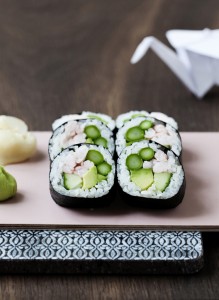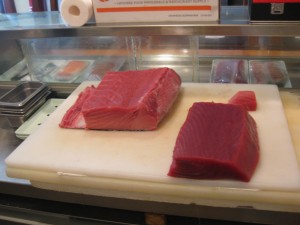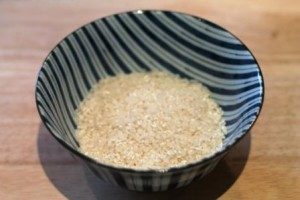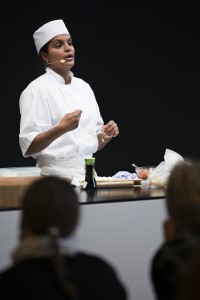There is a certain type of sushi that is very popular outside of Japan, it is sushi rolls.
In most of Europe and especially Denmark, sushi rolls are very popular.
In Europe, we do not eat as much seafood as the Japanese. It takes less fish to eat before we are satisfied and happy. This makes sushi rolls an obvious choice.
Sushi rolls can be made in many different ways with fish and shellfish.
In Japan, it is normal to use local ingredients for sushi such as mushrooms and plums.
In Europe, local ingredients are also used for sushi like different kinds of vegetables you will find on the menu in sushi restaurants.
The most important thing is that sushi rolls are made from ingredients that complement each other in this way, so that it becomes a tasteful experience to eat the food.
Read more about Sushi course for beginners
_
Zoë has lectured and held sushi courses for A. P. Moller – Maersk, Hugo Boss Nordic, Novo Nordisk, Novartis, Velux, Gorrissen Federspiel, Beierholm revision, Elbek & Vejrup and many more.






